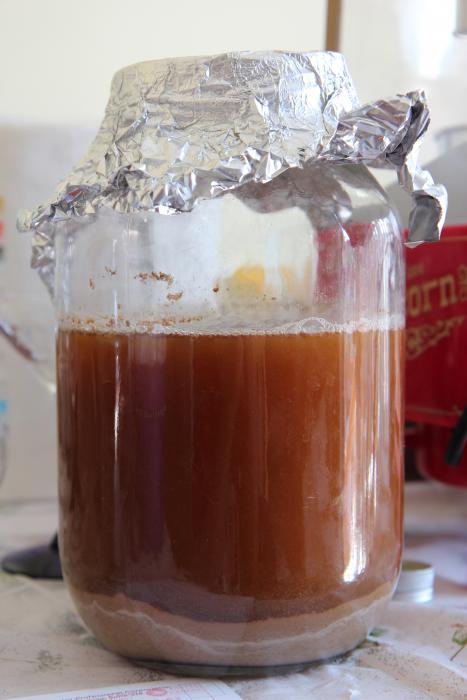Ok so I know this question occurs all the time, but I'm looking to get it straight now. Ok so I have a double IPA recipe that has an OG 1.070 and according to my findings that requires a starter.
Second what is the science behind a starter? I understand that it gives you active year to pitch and that it allows you to determine if your yeast is healthy. But what is the real advantage to using a starter opposed to using two vials or just a larger amount of yeast. Does the starter actually make more yeast cells? Or just stronger not active cells to tart fermenting faster. I understand that if you pitch yeast without a starter it will take a longer time to actively start fermenting. Also I have been running across talk of over pitching and under pitching, what are the affects over pitching and the affects of under pitching?
I understand I am asking a lot of question and the content of then might be confusing but and input would help as of now.
Sent from my iPhone using Home Brew
Second what is the science behind a starter? I understand that it gives you active year to pitch and that it allows you to determine if your yeast is healthy. But what is the real advantage to using a starter opposed to using two vials or just a larger amount of yeast. Does the starter actually make more yeast cells? Or just stronger not active cells to tart fermenting faster. I understand that if you pitch yeast without a starter it will take a longer time to actively start fermenting. Also I have been running across talk of over pitching and under pitching, what are the affects over pitching and the affects of under pitching?
I understand I am asking a lot of question and the content of then might be confusing but and input would help as of now.
Sent from my iPhone using Home Brew





